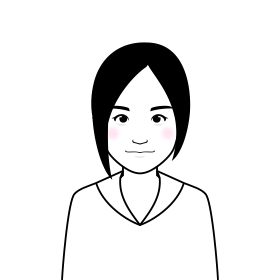米国のクレームが従属項になるかどうかの見分け方
2010.08.20

SKIP
米国では、独立項は3個まで、クレーム総数が20個までは均一料金であり、それを超えると独立項1個当たり、特許庁費用が$220増えます。料金表
従って、あるクレームが独立項であるか従属項であるかの判断が重要です(日本ではどちらも料金に差異がないので、米国ほど重要な問題ではありません。)。
従属項かどうかは、MPEPの以下の箇所に記載されている、INFRINGEMENT TESTに基づいて判断されます。
このテストによれば、請求項2を侵害した場合に必ず請求項1の侵害になる場合、請求項2は請求項1の従属項になります。
例がMPEPに載っています。
・カテゴリーが異なるかどうかは、従属項かどうかとは関係ない。
・請求項1→物のクレーム 請求項2→その物の製法クレーム
この場合、請求項2は、請求項1の従属項である。
・請求項1→物の製法 請求項2→その製法でできた物
この場合、請求項2は、請求項1の従属項である。
従属項にならない例
・請求項1→物の製法 請求項2→請求項1の物
この場合、請求項1の製法以外でも請求項2に物を製造できるので、請求項2の実施が直ちに請求項1の実施にならない。従って、請求項2は請求項1の従属項ではない。
608.01(n) Dependent Claims [R-7]
III. INFRINGEMENT TEST
The test as to whether a claim is a proper dependent claim is that it shall include every limitation of the claim from which it depends ( 35 U.S.C. 112, fourth paragraph) or in other words that it shall not conceivably be infringed by anything which would not also infringe the basic claim.
A dependent claim does not lack compliance with 35 U.S.C. 112, fourth paragraph, simply because there is a question as to (1) the significance of the further limitation added by the dependent claim, or (2) whether the further limitation in fact changes the scope of the dependent claim from that of the claim from which it depends. The test for a proper dependent claim under the fourth paragraph of 35 U.S.C. 112 is whether the dependent claim includes every limitation of the claim from which it depends. The test is not one of whether the claims differ in scope.
Thus, for example, if claim 1 recites the combination of elements A, B, C, and D, a claim reciting the structure of claim 1 in which D was omitted or replaced by E would not be a proper dependent claim, even though it placed further limitations on the remaining elements or added still other elements.
Examiners are reminded that a dependent claim is directed to a combination including everything recited in the base claim and what is recited in the dependent claim. It is this combination that must be compared with the prior art, exactly as if it were presented as one independent claim.
The fact that a dependent claim which is otherwise proper might relate to a separate invention which would require a separate search or be separately classified from the claim on which it depends would not render it an improper dependent claim, although it might result in a requirement for restriction.
The fact that the independent and dependent claims are in different statutory classes does not, in itself, render the latter improper. Thus, if claim 1 recites a specific product, a claim for the method of making the product of claim 1 in a particular manner would be a proper dependent claim since it could not be infringed without infringing claim 1. Similarly, if claim 1 recites a method of making a product, a claim for a product made by the method of claim 1 could be a proper dependent claim. On the other hand, if claim 1 recites a method of making a specified product, a claim to the product set forth in claim 1 would not be a proper dependent claim since it is conceivable that the product claim can be infringed without infringing the base method claim if the product can be made by a method other than that recited in the base method claim.



